
Whenever tea is mentioned, the first places we think of are China, where it all began, India, Sri Lanka, Japan, and Kenya, which are the top exporters in the world.
However, just a few decades ago, among these tea industry giants, there was another country whose importance in the field has almost been erased from our collective mind. That is if you’re not from an ex-Soviet republic, as their tea was sold all over the USSR for all of its duration.
That country is Georgia, the small but fierce republic located at the foot of the Caucasus mountains, the meeting point between Asia and Europe, which at one time was able to become the 4th tea exporting market in the world.
The history of Georgian tea is rich, and it dates back to the 19th century, when other top tea-producing countries, such as India and Sri Lanka, also started their journey.
Though at first glance Georgia might seem geographically out of place compared to its competitors, its territory extremely varies, and the numerous microclimates it hosts have always permitted it to specialize in all sorts of areas. Variety and uniqueness are embedded in Georgian culture.
From the start of the Georgian tea industry, through its incredible success and its collapse, and to the situation it verges on today and for the future, there is a lot to be talked about.
So, grab a cup of tea, and let’s dive into the fascinating world of Georgian tea!
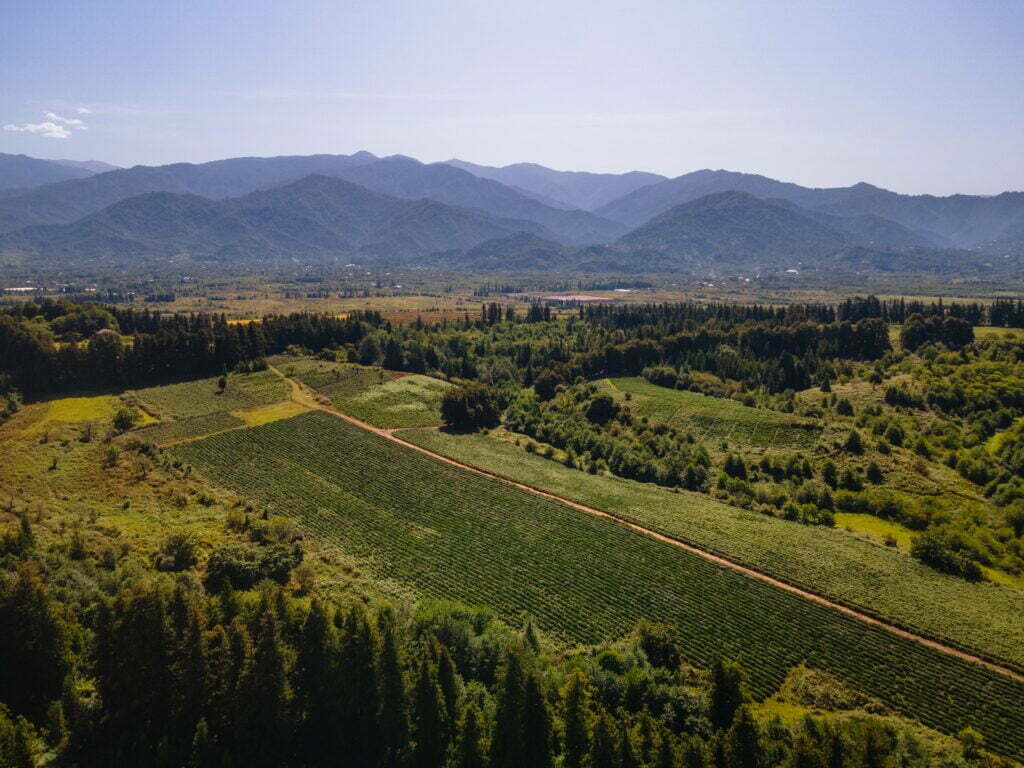
Table of Contents
A brief history of tea in Georgia
The history of tea in Georgia began in the 19th century when the country was part of the Russian Empire.
At the time, before discovering Georgia’s potential as a tea-growing territory, Russia had to provide tea to its sparse population all the way from China, which took up to 18 months.
Tea has been an integral part of Russian culture for centuries, aiding its people in coping with the often harsh conditions of extreme cold, so much so that many consider it magical and essential.
“Tea awakens those opportunities that dream deep inside my soul”, said the legendary Russian author Lev Tolstoj.
In one hundred years, from 1790 to the start of the growth of Georgian tea, the Russian Empire grew its tea imports from 115 tons to 32 thousand tons, an enormous amount of product and funds.
However, while everyone in Russia was enjoying tea, the demand for it was growing by the hour, and China had also started partially exporting to Europe, which caused the start of the smuggling of tea from the Empire to the west.
Apart from a brief parenthesis as decoration in the garden of Prince Mamia V Gurieli, tea cultivation hadn’t ever been considered in Georgia until another prince, Miha Eristavi, decided to smuggle tea seeds back home from China (illegal at the time) after having discovered the beverage in his several travels there in the 1930s.
It was during those same trips that the Prince had learned about the suitable conditions for tea growth, and what he heard reminded him so much of an area in his native country, which is western Georgia.

The first plantation was implemented in 1847, but after several years it was clear that the Prince hadn’t gathered all the info he needed for that to work, as nothing worthwhile was being produced.
The process of making Georgian tea a reality had to be held off for a few more decades, until 1892, when Konstantin Popov established 300 hectares of tea plantations in the southwestern region of Adjara, in Chakvi village. After this experiment also failed, Popov brought with him from China Liu Juzhhou, a 22-year-old tea expert, who himself brought 1000 tea seeds and his knowledge.
After years of work, the two of them brought their new Georgian tea to the Paris World Expo of 1900, where it took the tea world to storm by winning the gold medal.
That was the moment when Georgia started to gain respect as a tea-producing country.
This acclaimed tea from western Georgia became the Russian royal family’s favorite, which promptly directed the people to plant more tea bushes, build new factories, and expand every aspect of production.
Georgia quickly became the main tea producer for the Russian Empire in the following years, avoiding the high import costs and shifting the focus from the giant of China to the small territory inhabited by people speaking a unique language, which they fought hard to keep even when all other countries in the Empire adopted Russian; Georgia.
The October Revolution of 1917 marked the end of the Russian Empire, and with it, the Georgian tea industry started to undergo a phase that would change its nature and reputation.
In 1919 Georgia was annexed to the Soviet Union, and the aim of tea production was forced to shift from quality to quantity. In order to achieve that came mechanized and noisy machines for harvesting and production, and chemicals to foster growth.
This transformation changed the taste and aroma of Georgian tea, which lost all of its characteristic, unique sweetness that was its sign of quality.
By the end of the 1920s, the USSR had already collectivized 90% of all agricultural land.
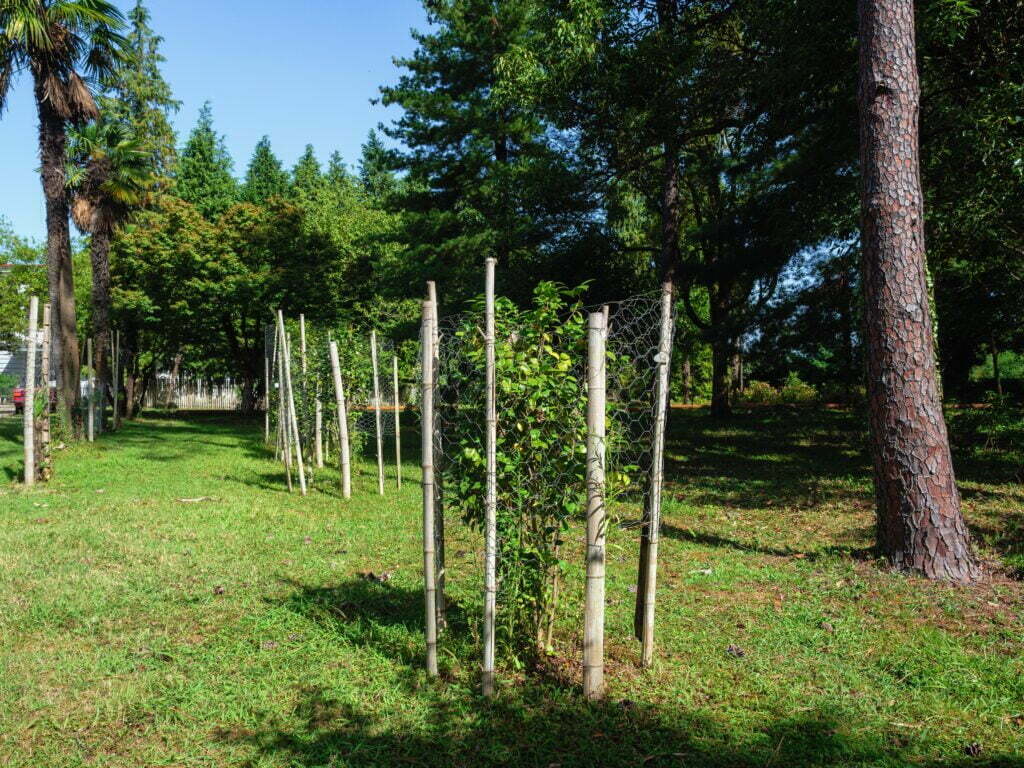

From there on, it was only growth for the market of Georgian tea.
During the following decades, at least 95% of the USSR’s tea needs were covered by Georgia, which was able to grow its market so much that it became the 4th largest exporter in the world.
Georgian tea was at the time always sold in bulk, the lower the quality the superior the quantity. Mongolia, to this day one of the major importers of Georgian tea, was buying bricks that weighed 2 kilograms at the price of 50 cents of euro each.
The peak of production occurred a few years before the big fall, as during the 1980s Georgia had 60.000 hectares of productive tea plantations, yielding about 150.000 tons of tea.
Azerbaijan was also producing a high amount of tea, totaling about 35.000 tons per year.
Then, at the end of 1991, everything changed. The USSR collapsed, causing chaos all over the former Soviet republics, and the Georgian tea industry crashed abruptly with it.
Post-USSR situation
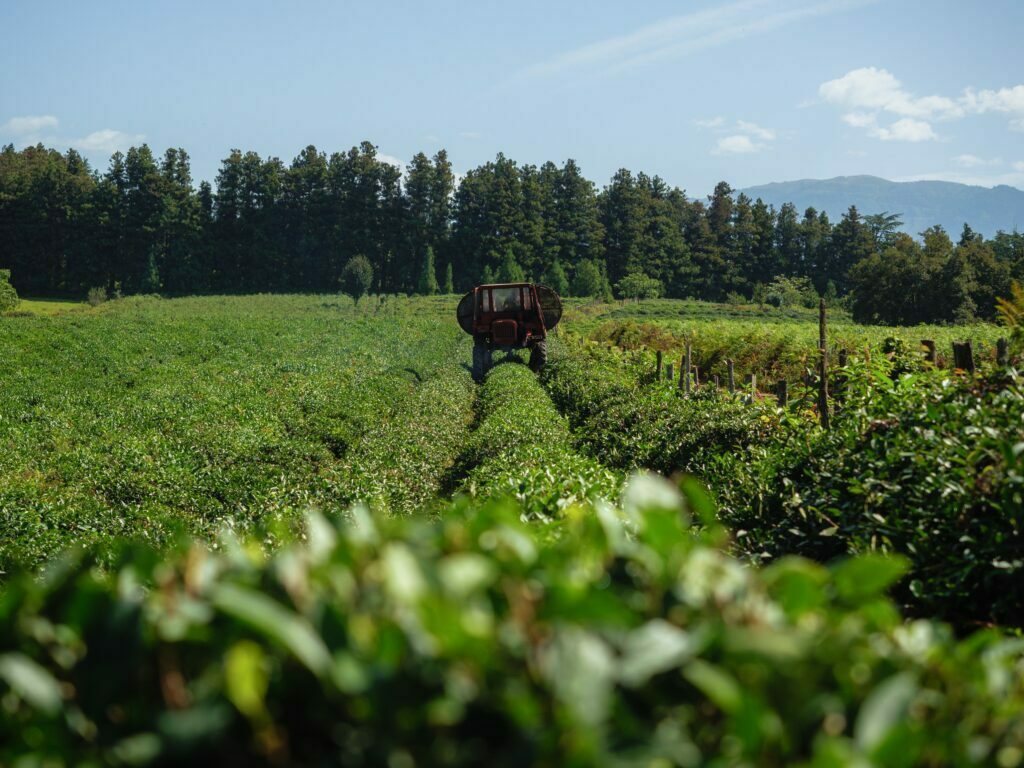
After the dissolution of the Soviet Union in 1991, the Georgian tea industry crashed down almost completely. The other members of the USSR made up the vast majority of the request for Georgian tea, and both they and Georgia went through years of poverty, social rioting, and general instability.
Plus, they all had bad memories of the low-quality tea that they had to drink for decades.
This fundamental change within the economy of Georgian tea was a harsh hit, and it paved the way for the downward trend that the industry would undergo in the following decades.
Always a big exporter, Georgia became a net importer in 2006, when the exporting product plummeted to 2000 tons/year, and it remained around those numbers for 10 years.
Most tea plantations and production facilities were abandoned and closed, and by 2014 a total of only 173 productive plantations were registered throughout the country.
The memory of the 60.000 hectares of tea plantations had long faded, and by 2014 the all-time low of 800 ha was reached (a 99% drop from 1985).
After Georgia became independent, the tea industry has never been a main source of income for farmers. Its importance to the Georgian heritage is undeniable, but as time went on more productive and lucrative farming options became available, such as hazelnuts, grapes, tomatoes, and more.
The average value per hectare of tea plantations is lower than the average farm income by a margin.
Dropping from 25 million USD to 3 million USD from 2000 to 2016, the value of tea production constituted less than 1% of the value of the total farm products of Georgia.
Green tea has since been the main exporting Georgian tea type, but data for the 2016-2018 period indicates that only about 30% (600 tons) of the exported volume was made with Georgian tea leaves. It’s safe to assume that the same data can be applied to previous years.
This shows that a good amount of tea imported in Georgia (2500 tons) was raw material, which was then processed by factories and blended with some of the actual Georgian tea, branded as such, and ultimately exported by Georgia.
This type of production would presumably be used for teas sold in bulk for a lower price.
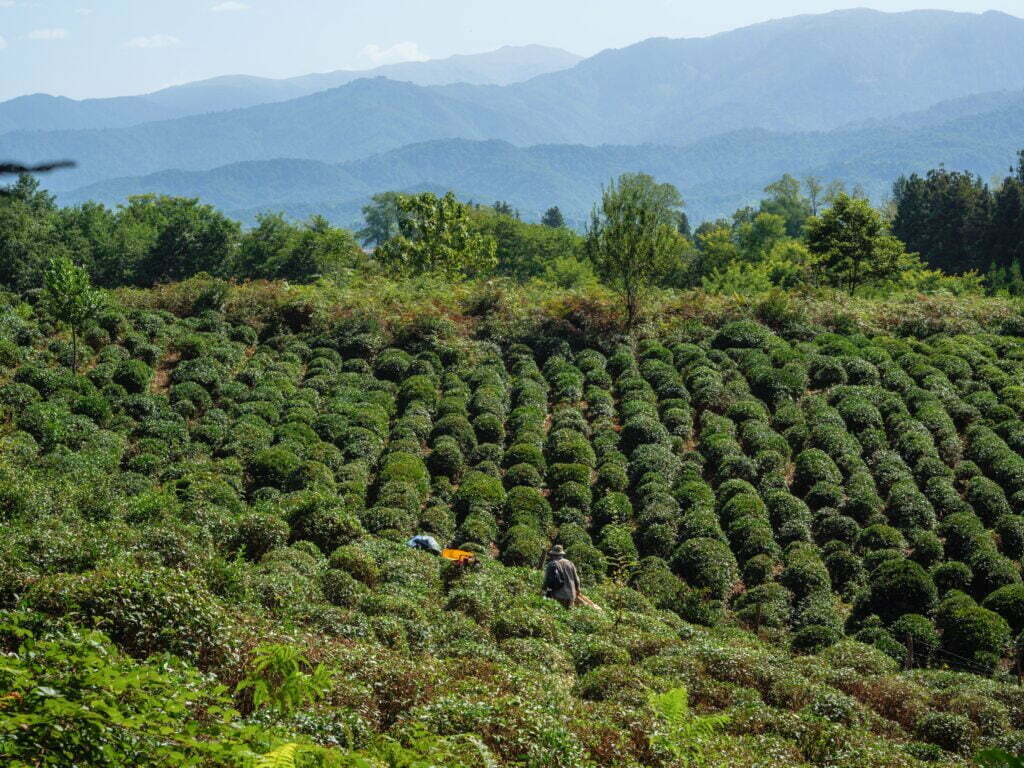
Global Tea Industry
Ever since it first started, the global trade of tea increased every year, but 2010 marked the year when the current stagnation of the market began. The total trade nowadays amounts to about 2 million tons of tea per year.
The production and consumption rates augmented by 50% in the same amount of time, but that is mostly due to the increase in population in tea-producing countries such as China and India.
By official data, in recent years the growth of the tea market has been constant, and while that is the truth, there’s one aspect of the numbers that’s inflated and harmful to tea.
That is the inclusion of herbal “tea” in the same category as actual camelia sinensis products. For most statistics, the word tea describes any hot drink that started with hot water infused with leaves.
The consumption of real tea leaves has been hindered by herbal drinks, considered healthier by the general public, and often without caffeine.
All things considered, questions about the possibility, or lack thereof, for Georgian tea to regain space in the tea industry come up naturally. But it’s not all negative.
What does Georgian tea offer?
Considering the data, the ideal exporting market for Georgian tea seems to be high-quality organic tea.
Georgia is a country with numerous different microclimates despite its small size. Differently from grapes, which can grow both in western and eastern Georgia (though most of them are in Kakheti, out east), tea has a stricter area in which it can grow, and that’s western Georgia.
The four tea-growing regions are Samegrelo, Guria, Imereti, and Adjara.
The average temperatures in these western regions are mild, and they can vary from 23 degrees in July to 5 degrees in January, which paired with the considerable year-round precipitation and high humidity set a fantastic base for tea farming.
One of the strong points that Georgian tea has is its organic nature. In the tea world organic means that no chemicals are used on the tea bushes, and Georgia has the advantage that most, if not all its plantations have no need for them, as their cold winters with snow offer natural protection against diseases, bacteria, and pests.
This is a big deal in the tea market, as an organic tea certification is often hard and expensive to obtain for many areas of the current main producing countries, such as China, India, Sri Lanka, Kenya, and Vietnam.
An organic tea certification enables to market tea at a higher price point, and many consumers often prefer it.

Despite the unique situation Georgia lives with these conditions, there is a big downside.
Low temperatures, occurring from as early as October to as late as May, promote dormancy in the tea plant, hindering its growth.
The tea-producing countries previously mentioned can harvest tea year-round, and while many of the late tea flushes are never close to the quality of the firsts, the lower-quality tea has a big market of its own, from which Georgia risks being excluded.
The good thing is that this slow growth is what gives Georgian tea its unique sweet and mellow taste, so characteristic that it would be easy to identify amongst a thousand teas from any other tea-producing country.
If every gear of the machine that constitutes the Georgian tea industry, from farmers and land-owners to processing factories and government, came together to embrace and commit to holding their tea to higher-quality standards, they could stop trying to stay afloat in the bulk, low-quality tea market.
And some farms, big and small, have already started doing it.
Nowadays, Georgian tea is mostly sold to countries such as Azerbaijan, Turkey, Mongolia, Kazakhstan, Turkmenistan, and Russia. In order to achieve an entrance into the high-end tea market, Georgia would also be forced to market their tea to countries where premium pricing can be achieved on a regular basis, as their current clients buy mostly bulk, low-quality tea from them.
However, since 2016 Georgia has partially started to sell their black tea in smaller quantity packages, which resulted in the almost tripling of the value of its market in just three years, amounting to 4 and a half million.
The only types of tea that are produced in high quantities in Georgia are black tea and green tea, as oolong and white tea require a more extensive and skillful production process, resulting in more expensive products. There’s little to no domestic request for these latter teas.
A high-quality Georgian tea company
An example of a company that has started producing high-end teas of all types is Renegade Tea, based in the Imereti region.
4 Estonians and 1 Lithuanian saw the opportunity of creating something special in 2017 and they took it, restoring 47 hectares of tea plantations with the help of public funding and Government incentives.
Nowadays, a few years after the start of their journey, they are able to produce high-quality, complex teas that are being sold all over the world at premium prices. In addition to green and black tea, they also produce oolong and white teas, making them one of the only ones in Georgia to do so.
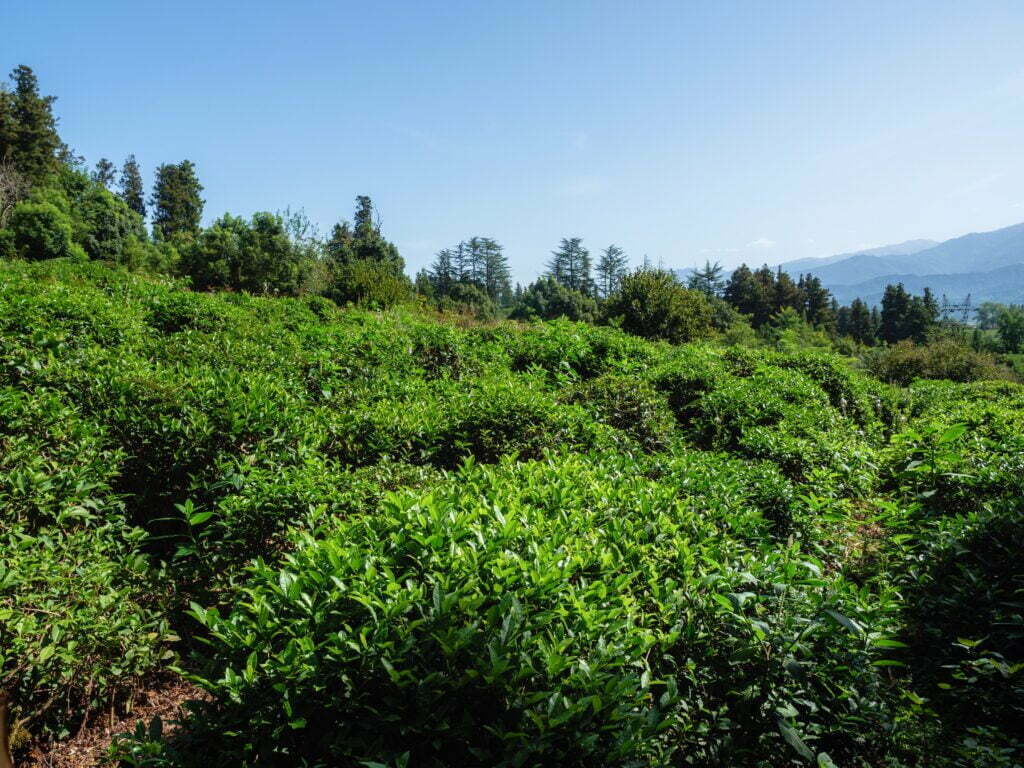
The current state of Georgian tea and the Tea Rehabilitation Program
After years of constant decline towards the complete abandonment of tea production in Georgia, the government instituted the Tea Rehabilitation Program in 2016.
The project aims to maximize the potential of high-quality tea production in the country, especially organic, both to raise the export capacity and to reach, or at least aid self-sufficiency.
The Georgian government aimed this program at both state and privately owned tea plantations, and possibly even more importantly it committed to establishing modern tea processing factories to raise the quality of the produce.
The creation of this program also creates new employment opportunities.
The plan of action of the program, crafted in 2016, is to rehabilitate some 7000 hectares of tea plantations in a few years. The identified bushes are located in the 4 tea-producing regions of Georgia with 43% in Samegrelo, 37% in Guria, 16% in Imereti, and 4% in Adjara.
The most recent data dates to 2018, and it shows that in those two years since the Tea Rehabilitation Program was created the hectares of tea plantations augmented from 800 to more than 1800.
The number of total productive tea plantations also reached 222 in 2018.

Rehabilitated tea plantations can take a few years to return to substantial productivity, which is why as of 2018 the production numbers have only slightly increased. Luckily, the program has had a more positive impact on the market.
It’s clear that with the idea that’s being brought forward by the government, perseverance, and the reawakening of the rich knowledge and skills of Georgian tea farmers, the Georgian tea industry has what it takes to start recovering the production numbers it once boasted, with the crucial difference that this time they hope to focus on quality and efficiency.
However, the government’s money can only go so far, and it will take some more time to adjust many of the harmful habits that Georgian tea production has become accustomed to in the past 30 years.
Recent struggles and moves to be made moving forward
The current main competitors of Georgia in the tea market are Sri Lanka, Vietnam, and partially India.
The production costs in either of those countries are significantly lower for an equal or similar quality tea, which is derived from a multitude of reasons, some of which aren’t in control of Georgia, while others are, and they should be worked on.
The main element that holds back the potential of Georgian tea is the processing, which is essentially every step that tea leaves go through after being harvested from the bushes.
Oxidation, sorting, rolling, withering, and packaging are some of these steps, and they are equally as important to yield high-quality tea as the nature of the leaves and soil themselves.
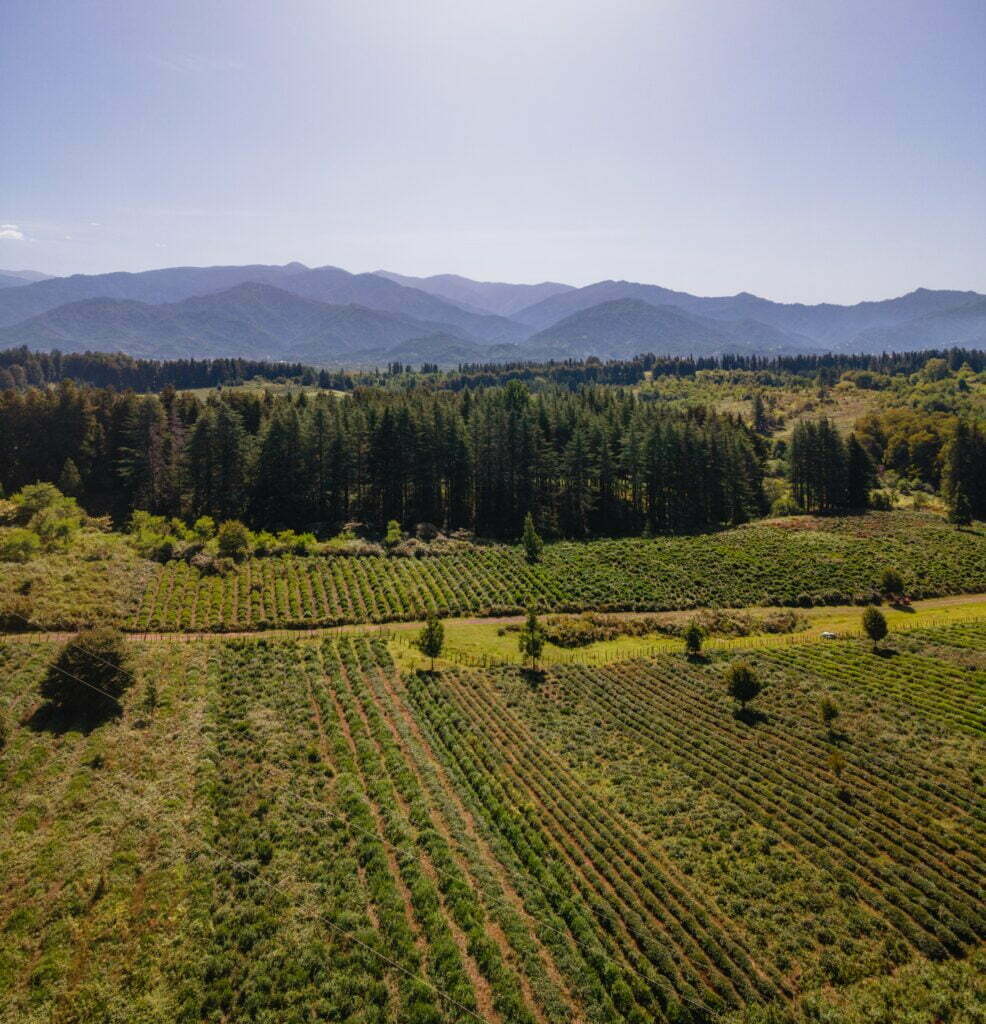
During these past decades of a tough tea industry environment, a dissonance between farmers and tea processing factories has developed.
Before 2016 there were around 35 registered processing factories around Georgia, a high amount for the number of productive plantations.
For all those years, most factories had a shortage of raw materials (tea leaves) necessary to work at a constant regime, which caused all kinds of problems, amongst all the high costs of fragmented work.
Due to this, tea processing factories, which naturally held a monopoly on tea production, decided to adopt a work strategy that permitted them to have more constant work during the tea flushing periods.
They decided the dates on which they would take the raw materials from the tea plantations in order to have a bulk of work that enabled them to manage the whole lot continuously.
Unfortunately, this is terrible for tea quality, as each village, each plantation, and each bush is different from one another, and the perfect time to pluck tea leaves is very limited, and it can greatly vary.
In order to have more product to give to the processing factories, farmers also plucked way more leaves than good quality tea requires. Plucking leaves all the way to the 5th and 6th down the bush is no strategy to make good or even decent tea.
In most cases, especially for green and black tea, only the top two leaves and a bud would be picked to guarantee the best outcome. Sometimes, more are plucked, but definitely not as many as farmers had resorted to in Georgia.
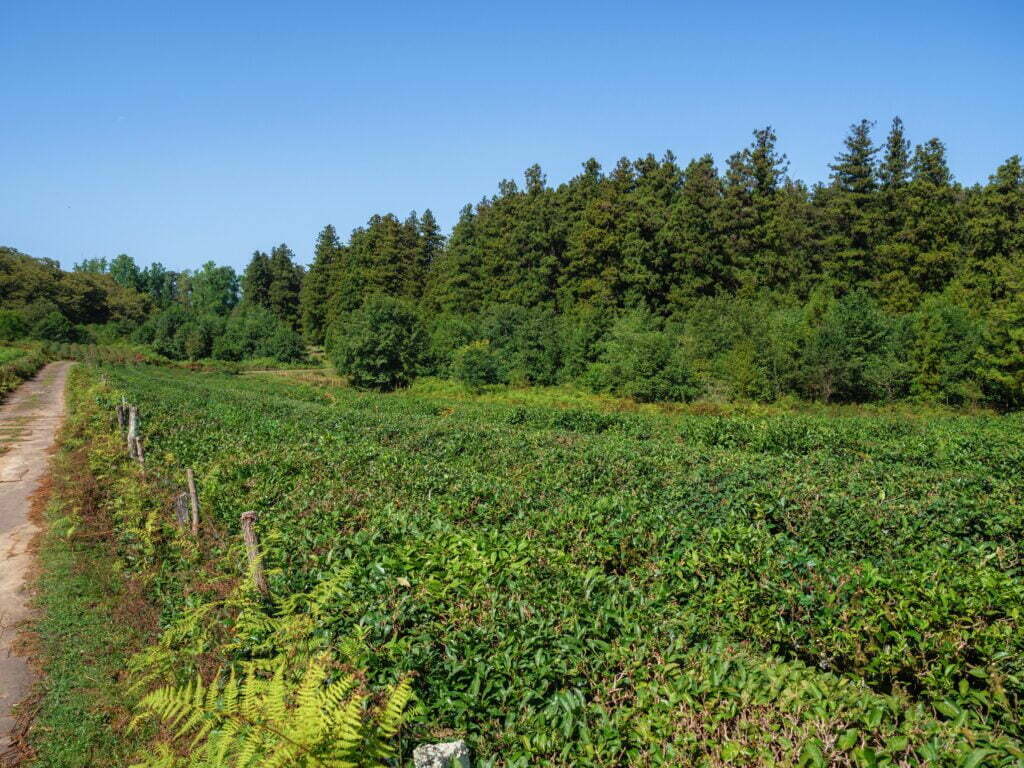
Another factor that impacted the quality of Georgian tea for all these years is that most plantations don’t have a processing factory right next to the fields, and some of the private-owned, small plantations can be quite far from them.
This causes a substantial delay in the delivery of the freshly plucked tea leaves, often transported in old Soviet-era vehicles and left there for up to a day, if not more.
Transporting the leaves in such a way is bad not only because of the absence of air circulation, but also because it can bruise the leaves, initializing oxidation early on, which can compromise the processing, especially for black tea.
When it comes to the work inside these tea processing factories, most of the manufacturing was done through Soviet-era machines as well.
These machines were created with the goal of quantity above all, and that is the worst thing for the current state of the Georgian tea industry. Using those machines, which in some cases have undergone restoration, will not bring out the potential of Georgian tea.
Investments in modern, more efficient machinery need to happen for the best outcomes.
In terms of costs of production, one move that would help lower the hours in the fields and therefore the costs is the introduction of machine harvesting for green tea.
This technique has already been adopted by some areas of Georgia’s competitor countries, and good quality green tea obtained from mechanized harvesting is more feasible than it might seem.
Using machines to harvest can cause damage to the leaves, bruising them and causing an early start to oxidation, something that needs to be avoided, but that is not a big problem for the production of green tea, as the enzymes responsible for oxidation are deactivated in the first step of the production in the factories.
Of course, the previously mentioned delivery problem needs to be addressed first.

Conclusions
The government and the people of Georgia have since 2016 made great efforts in trying to revitalize their once-thriving tea industry, and although there is still a lot of work to do, they are starting to understand their need to carve out their niche in such a top-heavy market.
They have the appropriate knowledge, experience, and territory to make it happen, and with perseverance and the right moves, they could go back to counting on tea for a much bigger portion of their economy.